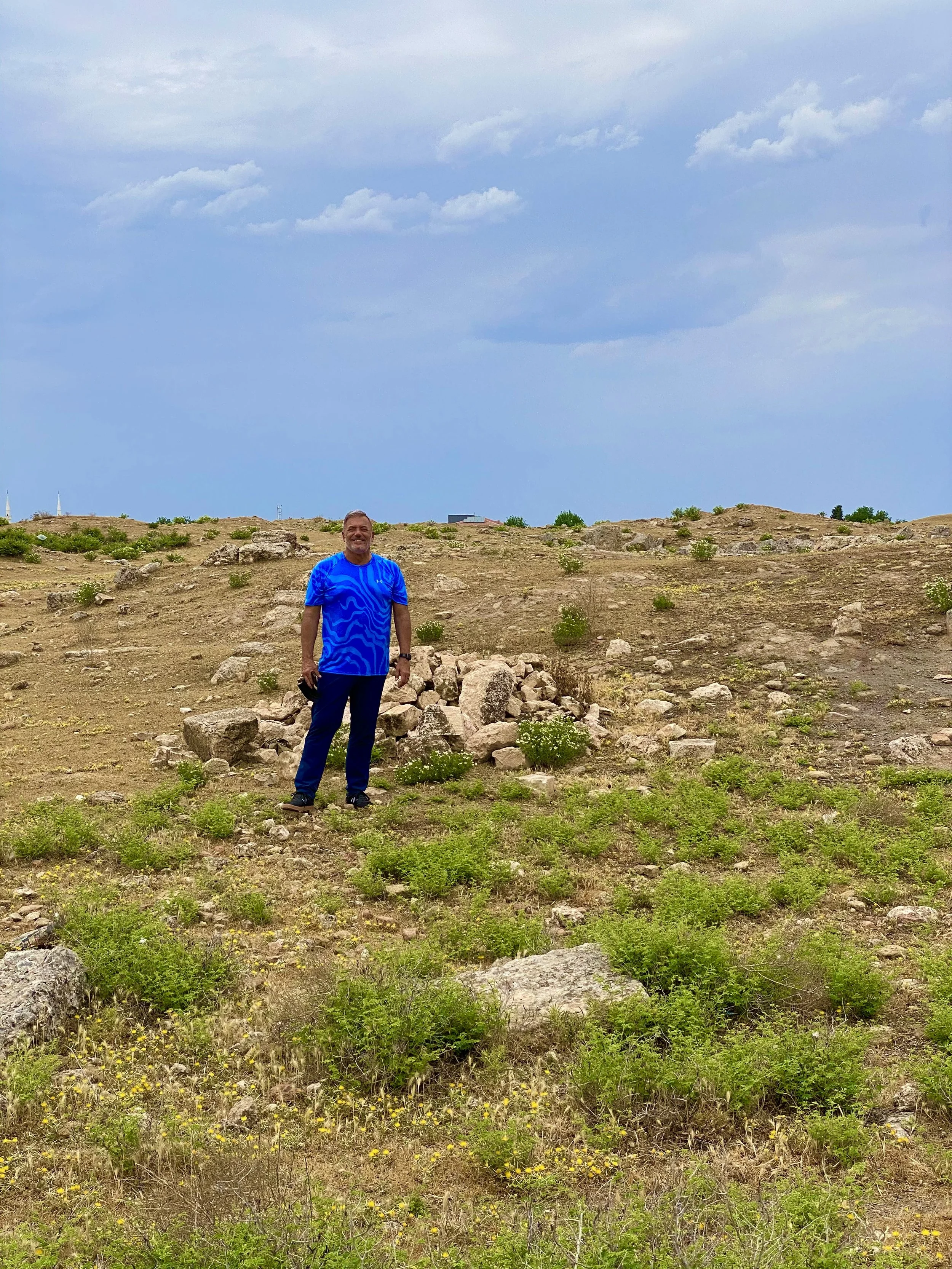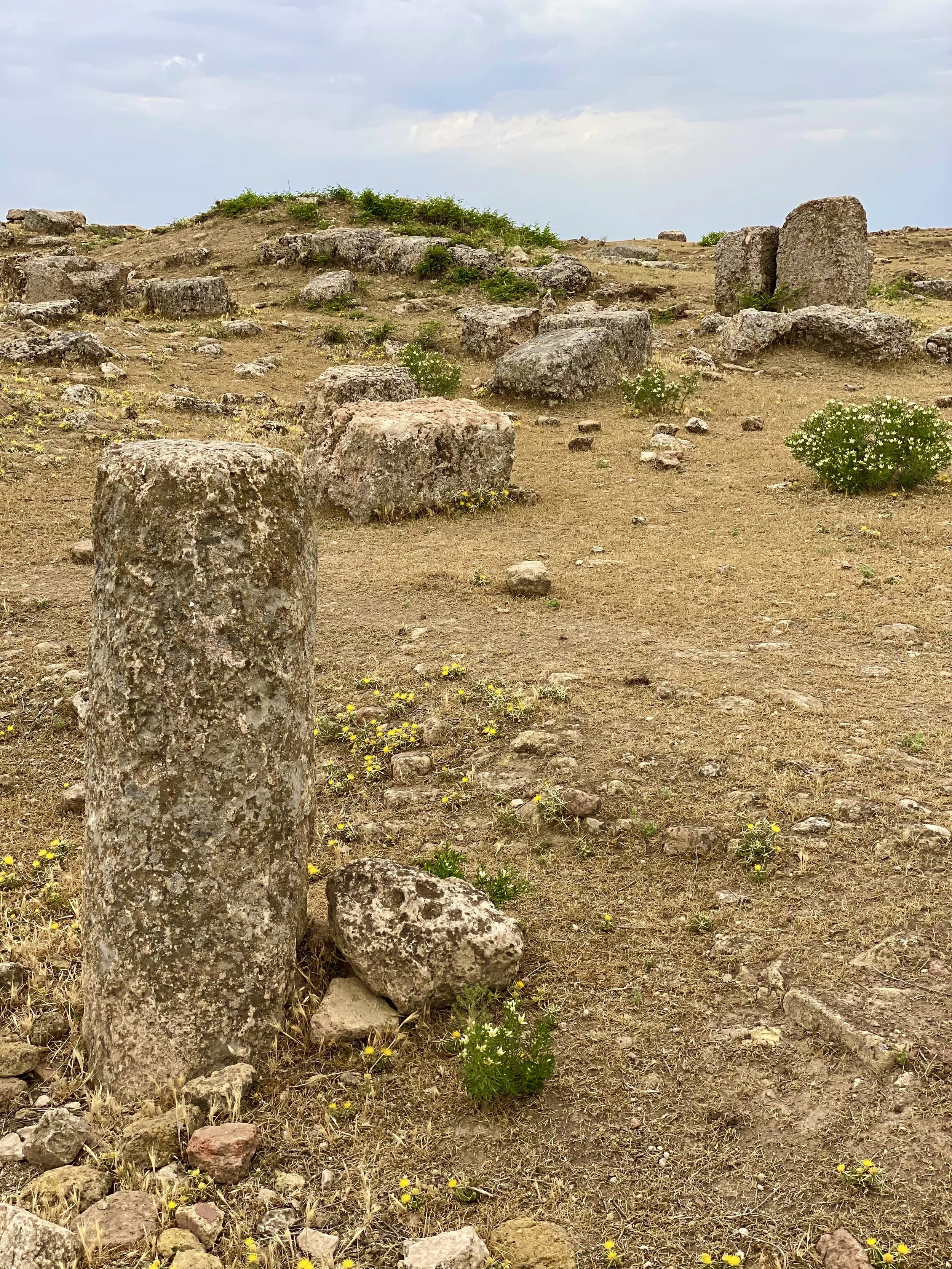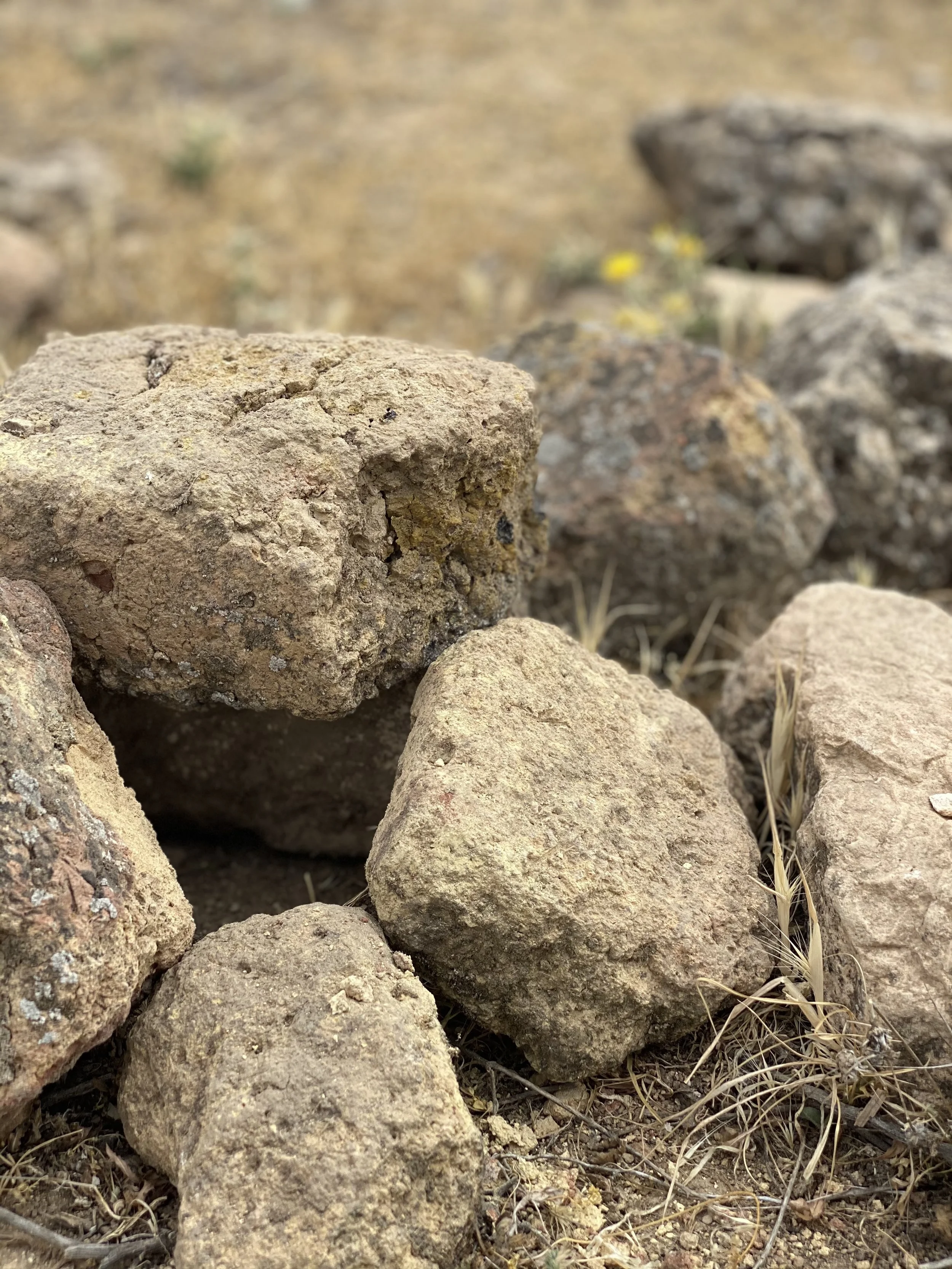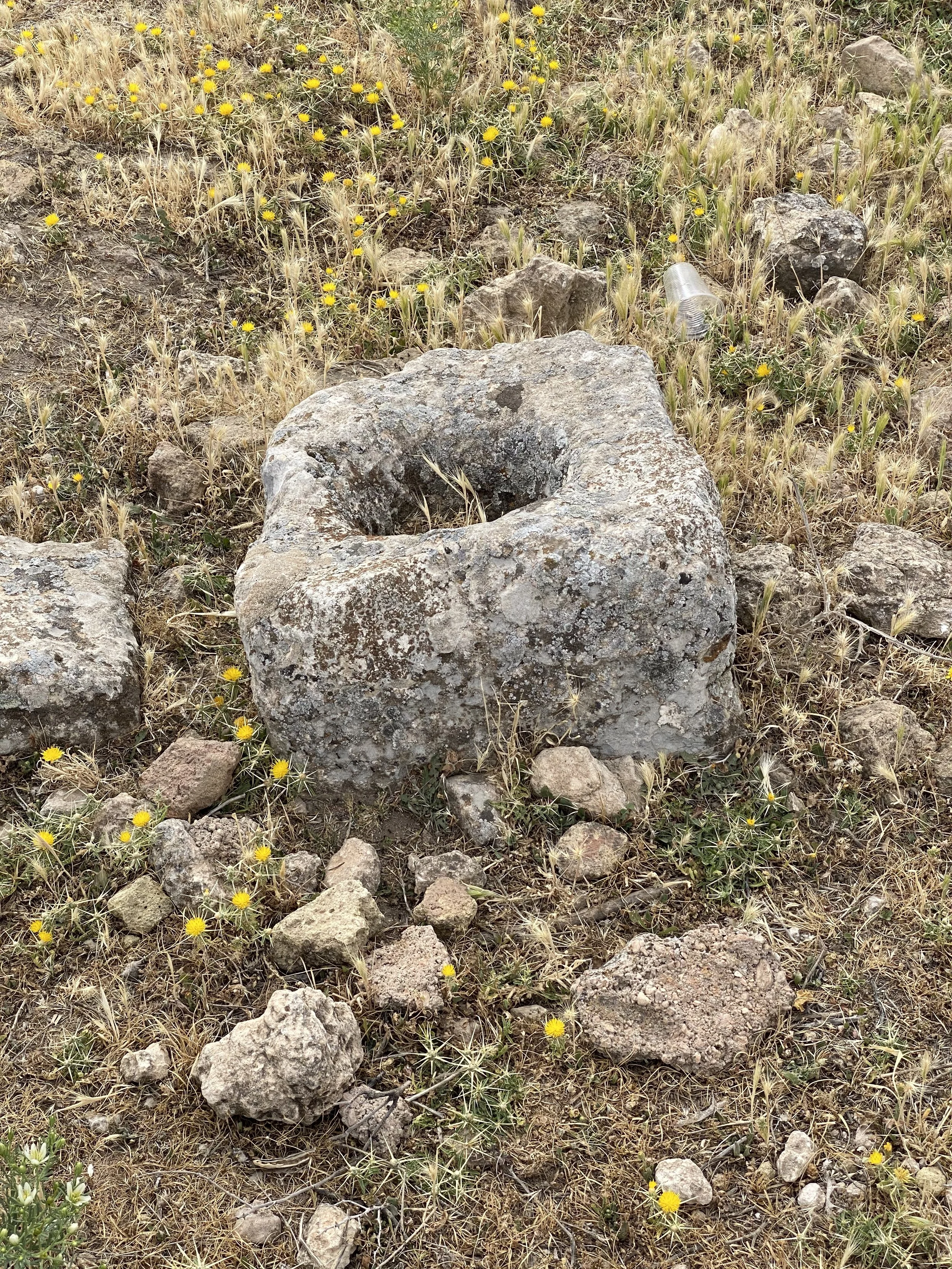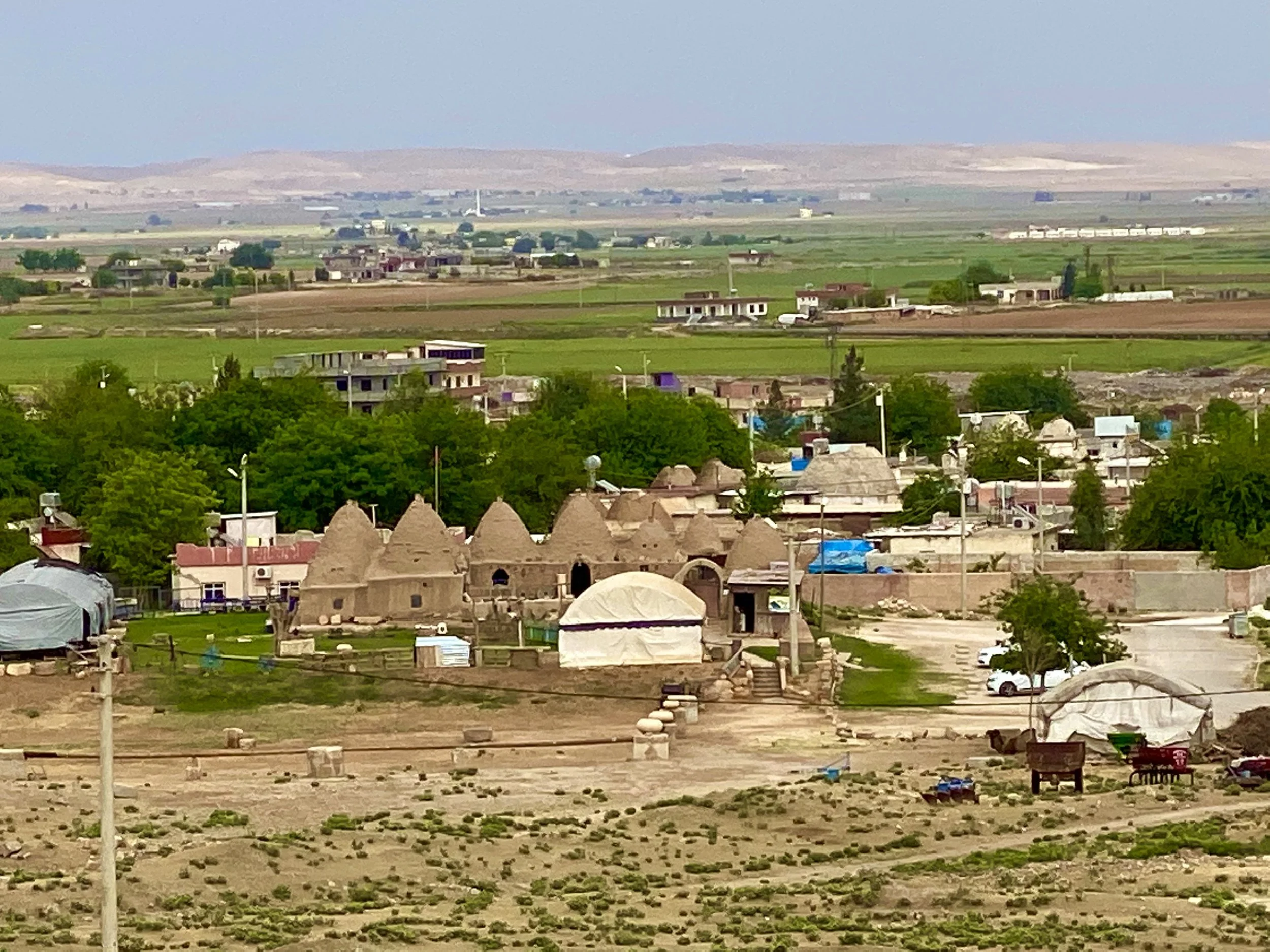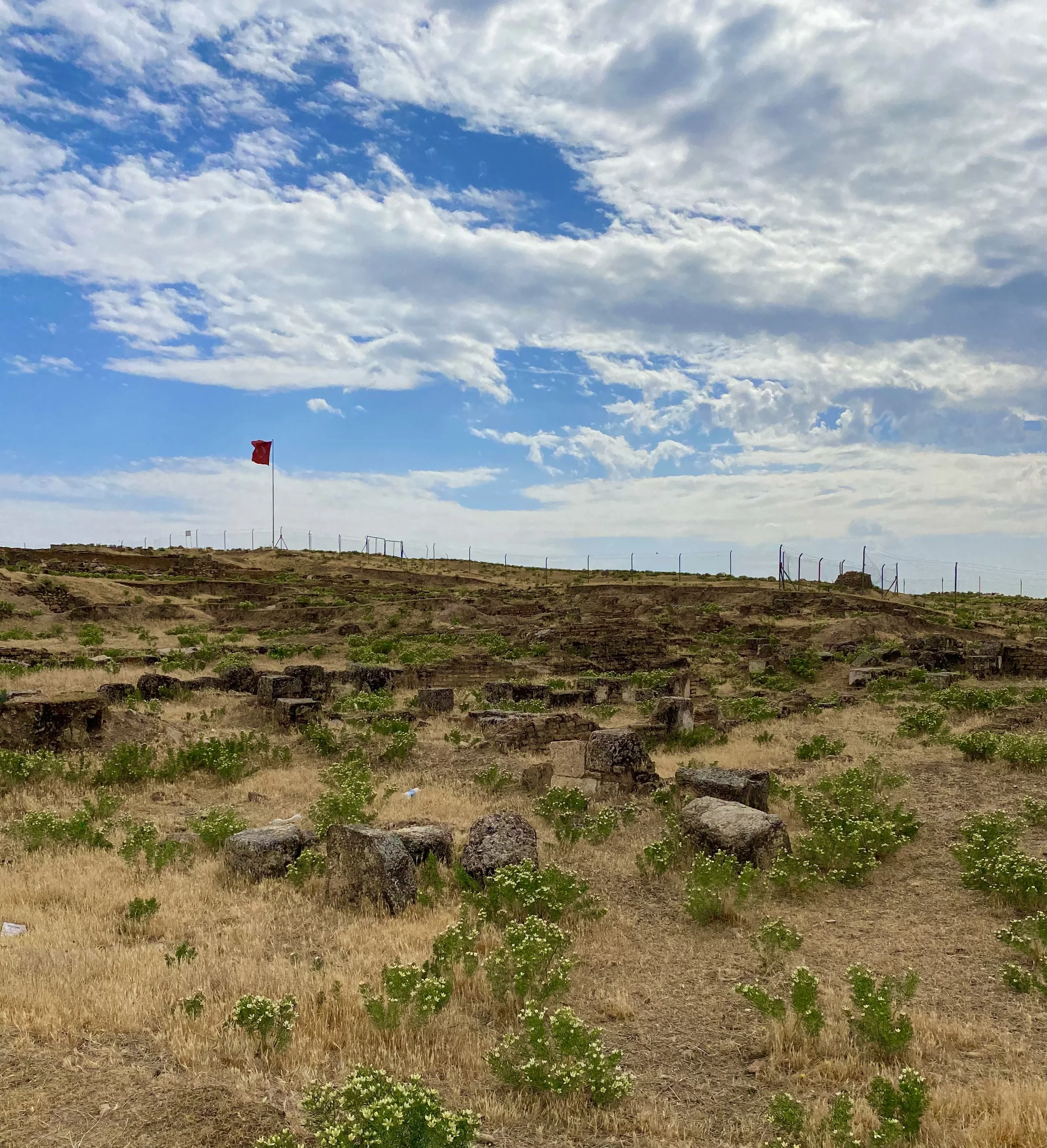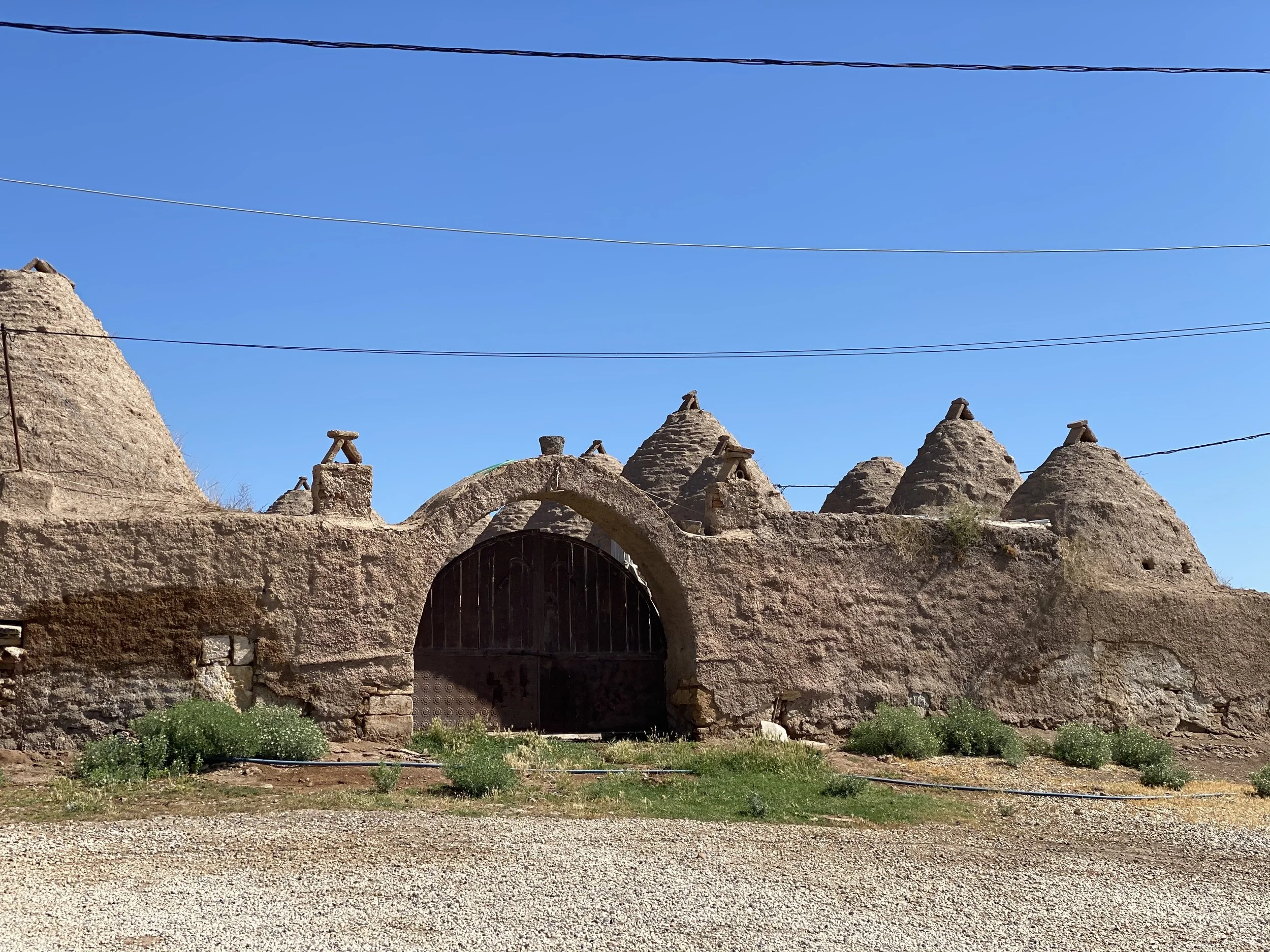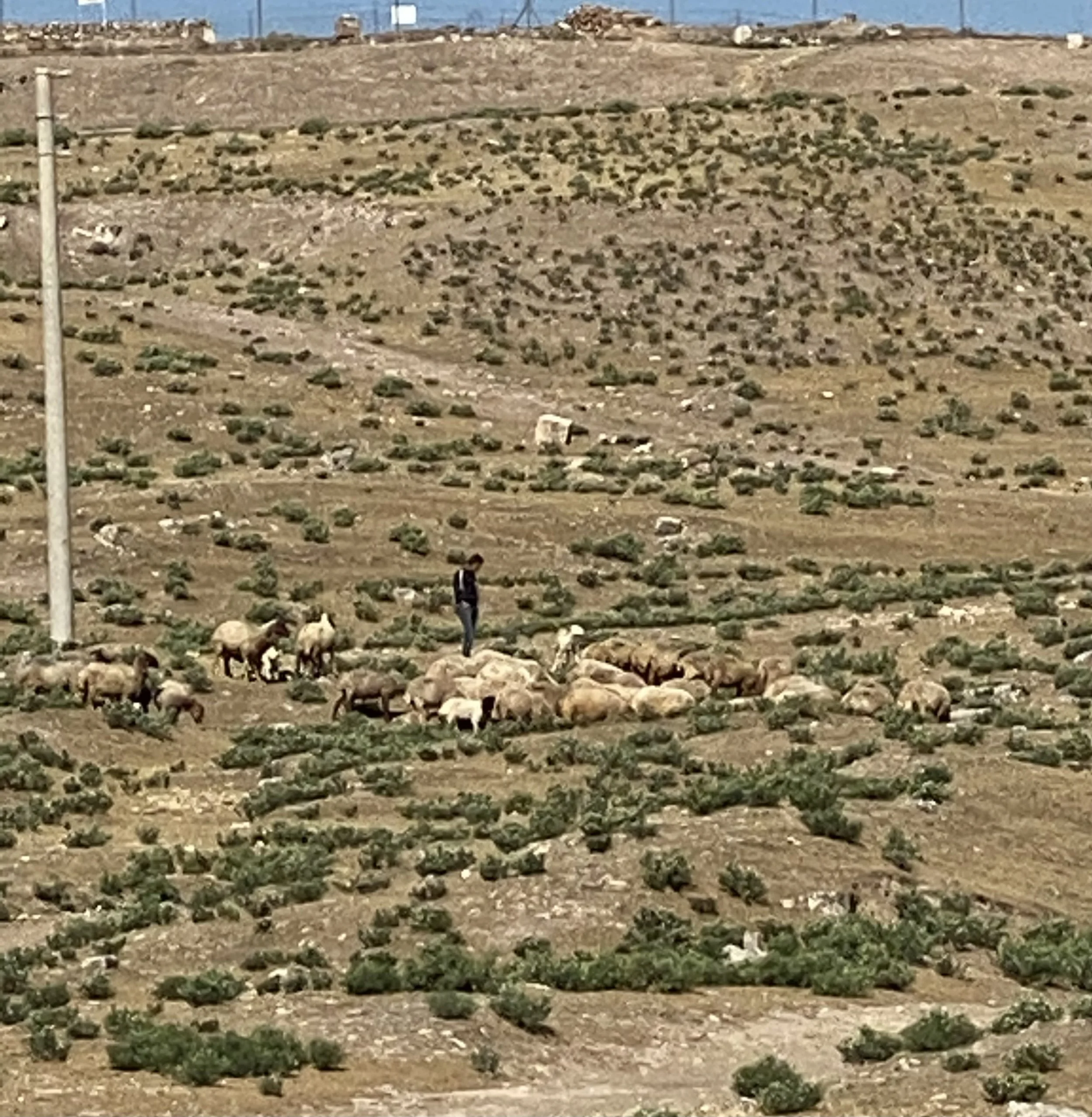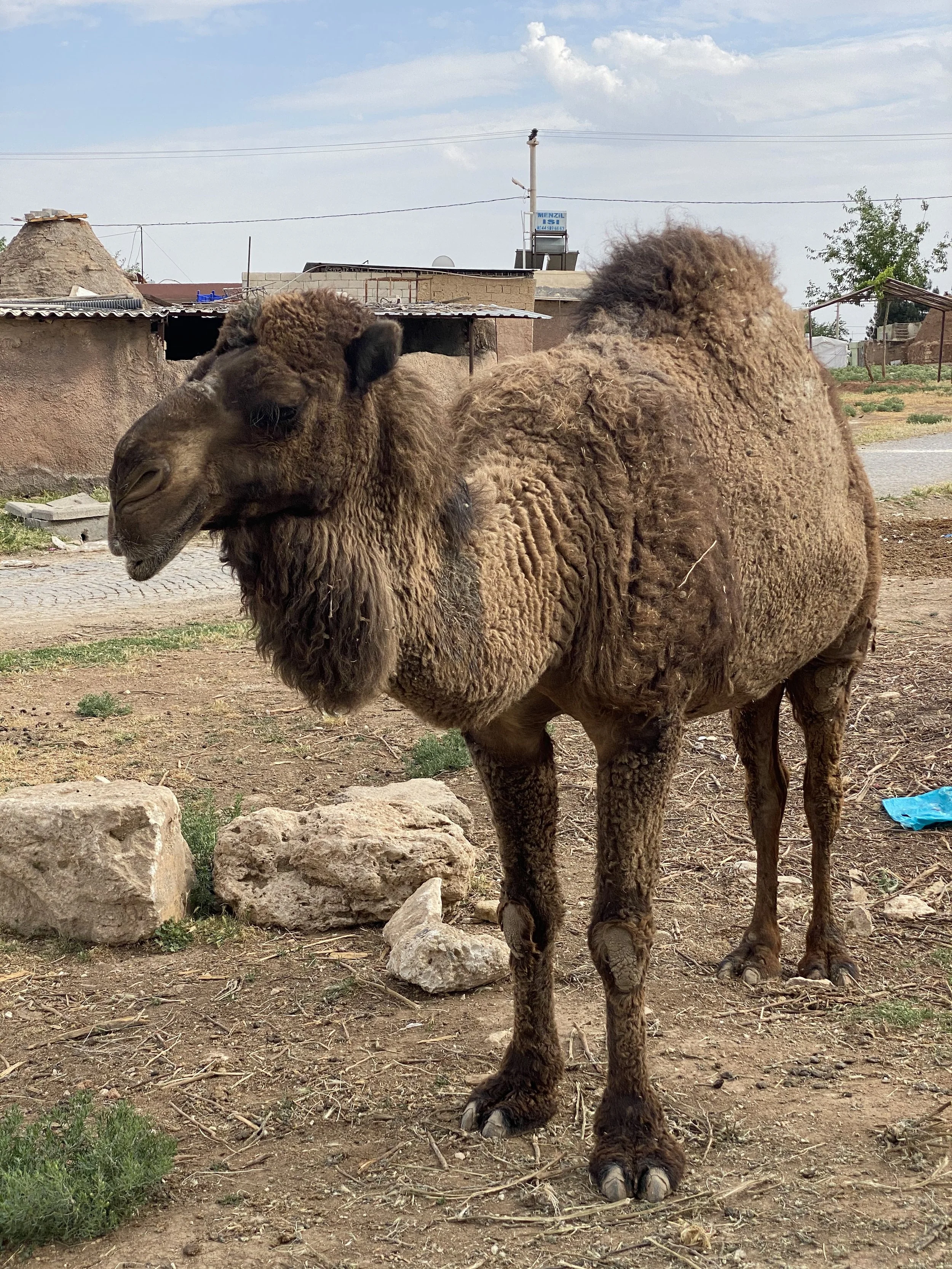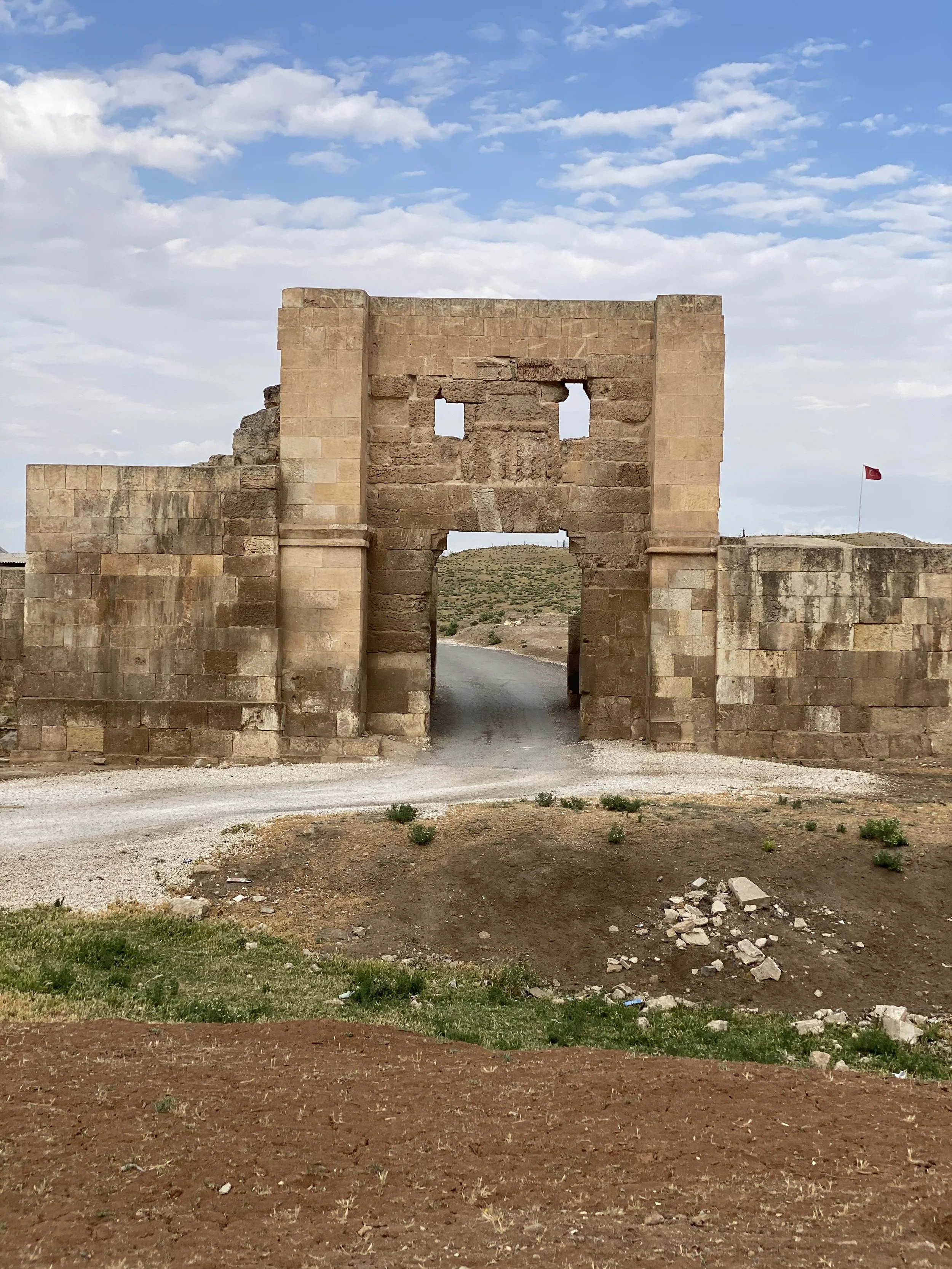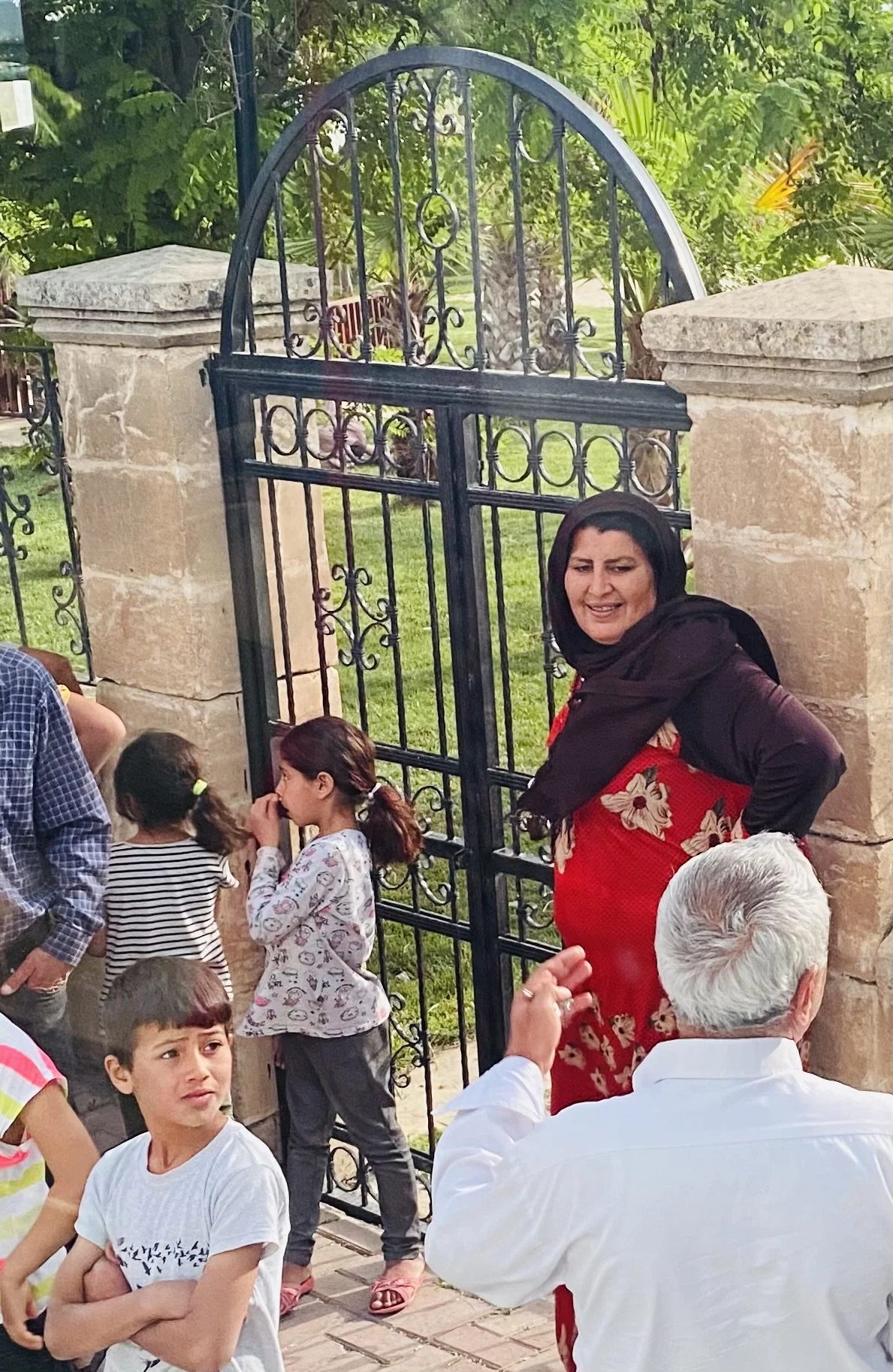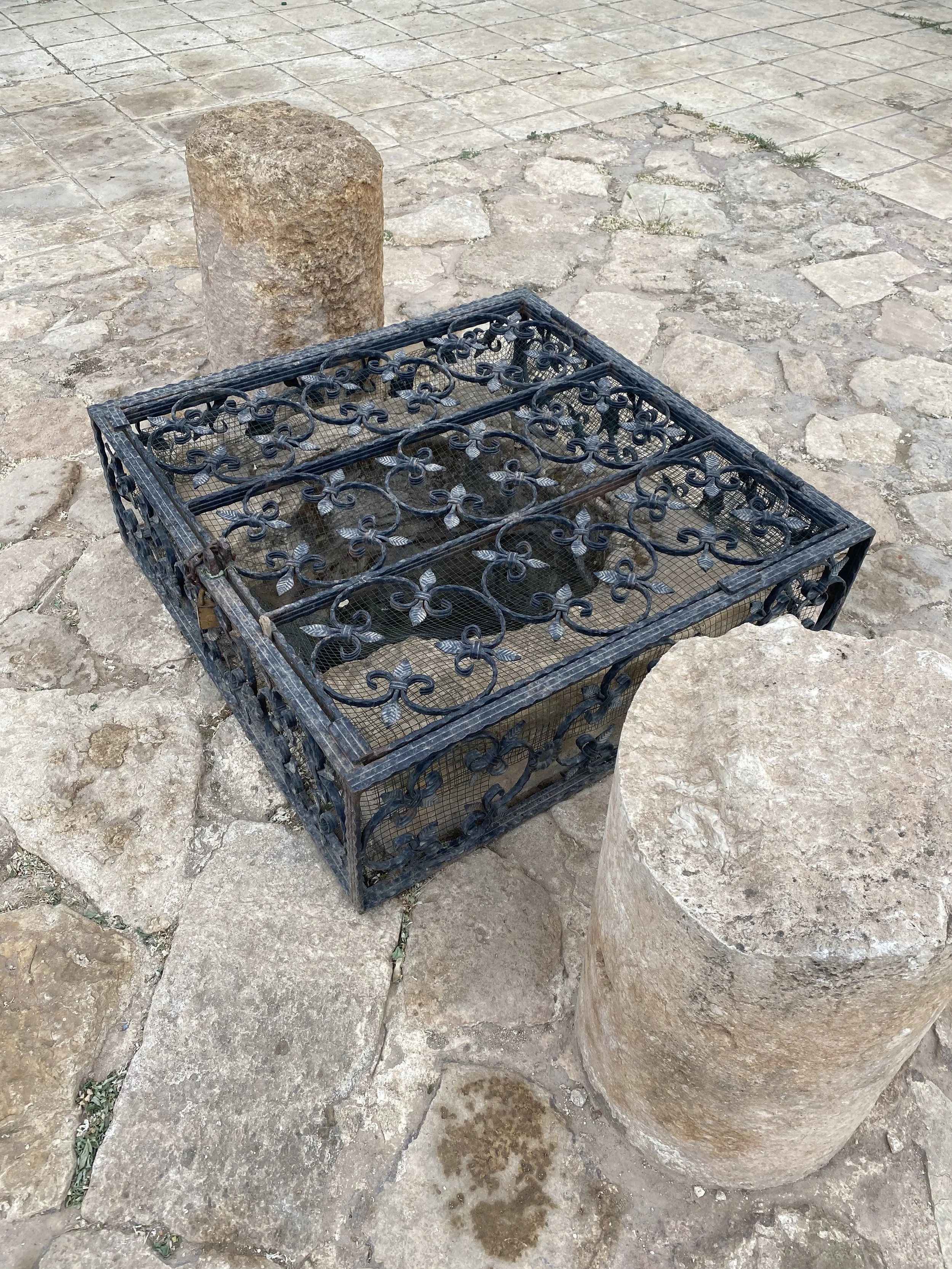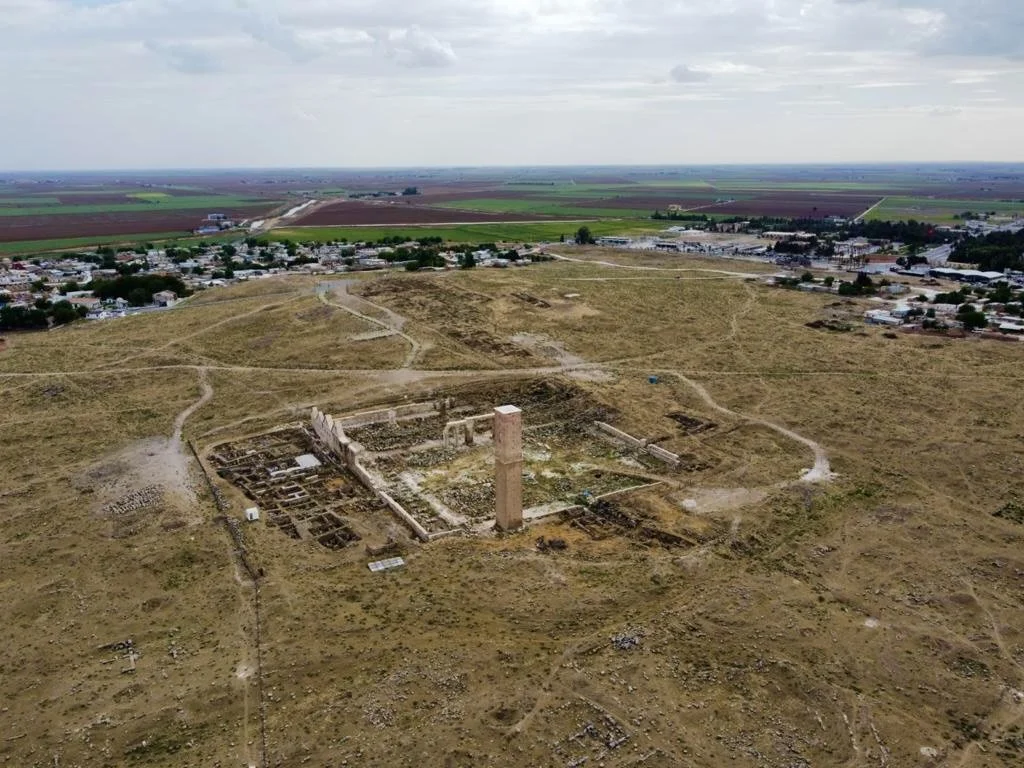Haran, Turkey
“ Terah took Abram his son and Lot the son of Haran, his grandson, and Sarai his daughter-in-law, his son Abram’s wife, and they went forth together from Ur of the Chaldeans to go into the land of Canaan, but when they came to Haran, they settled there. The days of Terah were 205 years and Terah died in Haran”. Genesis 11:31-32
This is all that we know of Abraham’s time in Haran. Immediately after these verses, Genesis 12 tells us that Abram moved his family to the promised land at God’s command. Abraham’s call to leave Haran was somewhere around 2,000 BC. By this time, Haran had already been settled for at least 1000 years. Modern day Haran looks unimposing and small, but throughout history it has figured prominently in the fortunes of ancient empires. Haran was a center of worship of the moon god Sin and had an important temple since the 1800’s BC. Assyrian Kings repaired the temple and the city numerous times. The final end of the Assyrian empire happened at Haran in 609 BC when it was conquered by the Babylonians. The next big empire to rule Haran was the Persians, then Alexander the Great “liberated” the city. Finally, the Romans gained control and called the city Carrhae. At the end of the Roman Empire, the Muslim era began and then the Ottomans ruled Haran. Through all this time, Haran was an important cross roads of ancient trade routes. Haran is located about 10 miles north of the modern Syrian border with Turkey today.
The tell is a large elevated plain full of foundation remains and piles of mud brick. Foot tracks criss cross it today and cattle and goats graze here. The ruins of the first islamic university, and some say the first university in the world, dating from 9th century AD are on this plain. Right next to it is a tall tower - the remains of the grand mosque 744 AD. We’ve read that the tower was damaged in the Feb 2023 earthquake. This is thought to be the site of the original temple to the god Sin. Remains of Neo-bablylonian era dwellings are being excavated at the south end of the site.
Haran today is also a bit famous for its bee hive homes - which are more in the way of storage areas / barns and tourist attractions today. They were built in the 1800’s. In town, the remains of the 1300 BC citadel loom large (unsure of their state since the earthquake, we visited in 2021). Some the city walls and one city gate are still visible. There is an area in town with a well that is referred to as “Jacob’s well”. In Genesis, we read about Jacob fleeing Esau’s wrath and going his uncle Laban and meeting Rachel at a well in Haran. Unsure about any archeology related to this well - but the locals were anxious for us to see it - they even sent for the caretaker to bring the key to the fence around the site. In May 2021 during our visit, we were the first group of visitors in nearly 2 years d/t the COVID epidemic.


